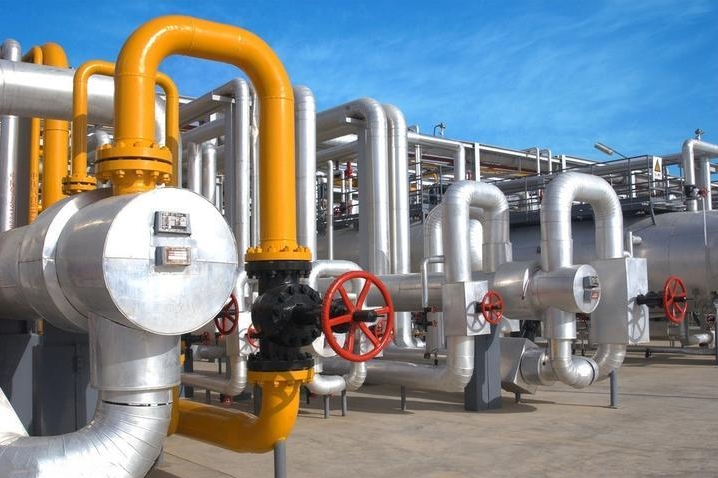India, one of the world's biggest emitters of greenhouse gases, is seeking to boost the use of cleaner fuel to cut its carbon emissions and has set a 2070 goal for net zero carbon emissions.
Prime Minister Narendra Modi is targeting raising the share of natural gas in India's energy mix to 15% by 2030 from the current 6.2%. Natural gas, while still a fossil fuel, emits less CO2 than coal.
"The envisaged natural gas infrastructure development in north-east states would also lead to better utilisation of domestic gas being produced locally in the region," Oil Minister Hardeep Singh Puri told reporters.
India invited bids in October for licences to supply natural gas to small industries, automobiles and households in five northeastern states - Nagaland, Manipur, Meghalya, Sikkim, and Arunachal Pradesh - and the northern union territories of Kashmir and Ladakh. Oil Minister Puri on Monday awarded licences to winners.
City gas distribution (CGD) network will cover the entire northeastern region by end of 2025, said Anil K Jain, chairman of the Petroleum and Natural Gas Regulatory Board(PNGRB) told a news conference.
State-run Bharat Petroleum Corp (BPCL.NS), opens new tab and Hindustan Petroleum Corp (HPCL.NS), opens new tab have a licence to set up a CGD network in one northeastern state each. Northeast-focused explorer Oil India (OILI.NS), opens new tab also won a licence for setting up a CGD in two areas in separate tie ups with Bharat Petroleum and Hindustan Petroleum.
Jain said building of pipeline network will also help in monetising surplus gas from the blocks operated by Oil India and Oil and Natural Gas Corp (ONGC.NS), opens new tab in the northeastern states.
